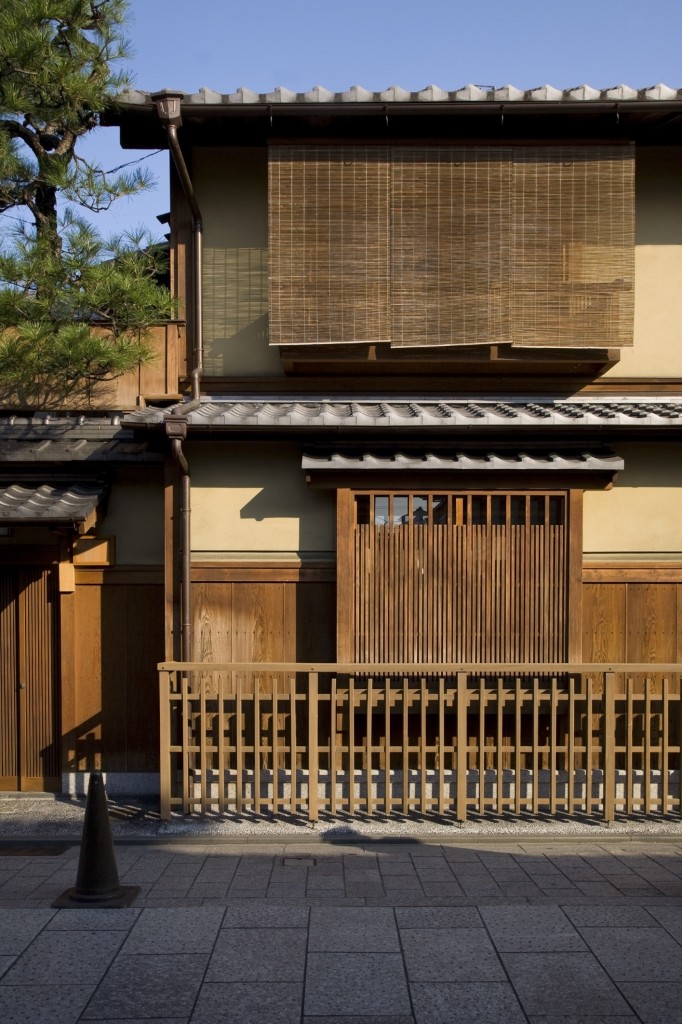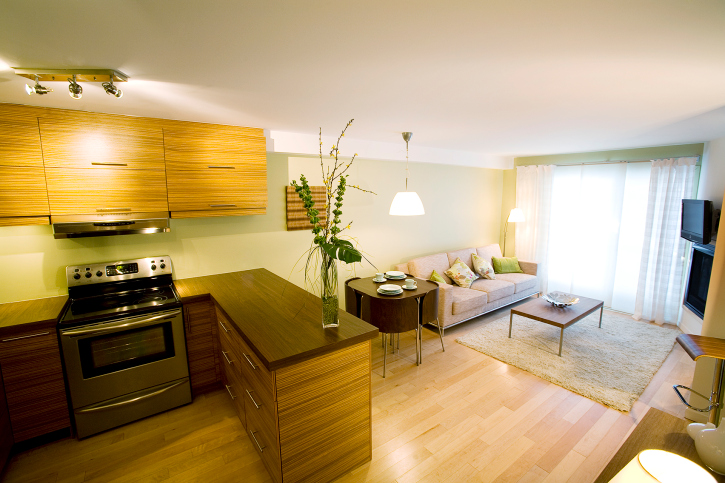Bamboo has become one of the most preferred building materials in recent times. It has garnered attention of serious architects from all across the globe who are employing this hollow-stemmed grass to build all kinds of structures ranging from bridges to luxury homes.
Advantages of Using Bamboo in Construction
Found in almost all continents except for Antarctica and Europe, bamboo is also known as ‘vegetal steel’ due to its environment-friendly appeal. Not only is this plant more lightweight than steel, but it also happens to possess almost five times the strength of concrete.
One of the major drawbacks of timber is its slow rate of harvest. The woody bamboo stocks are able to overcome this weakness because of their ability to grow a few feet each day. This consequently allows it to absorb as much as four times of carbon dioxide which is mostly responsible for heating up the planet.
The relationship to resistance and weight ranks among the best in the world for bamboo. Architects seem to have realized that using bamboo in building is quicker and cheaper than using steel.
Simon Velez, a Colombian architect can be credited with building the biggest bamboo structure in the world – the temporary construction called the Nomadic Museum spread across 55,200 square-feet which recently made its debut in Mexico City and occupies about half of the largest plaza in Latin America, the Zocalo. The museum design was conceived by Gregory Colbert, the Canadian artist, who was motivated to build an expansive structure made entirely with renewable materials.
Limitations of Bamboo
As luck would have it, the abundance of bamboo is what has hampered its wider acceptance. The grass is believed mostly to be used for constructing unstable, makeshift shelters which has contributed to the stereotype that bamboo serves as the poor man’s lumber.
Bamboo is also difficult to work with in colder climates where some sort of insulation becomes a must. Ignorant building inspectors are another setback. These problems are mostly faced in the US mainland.
Bamboo seems to be a viable investment venture as can be understood from the large number of prospective investors who have made generous offers to architects working with bamboo. However, most of them are not prepared to deal with the kind of scale being planned. Another problem seems to be that there are very few bamboo farms of a commercial nature which are equipped to meet the increasing demand.





